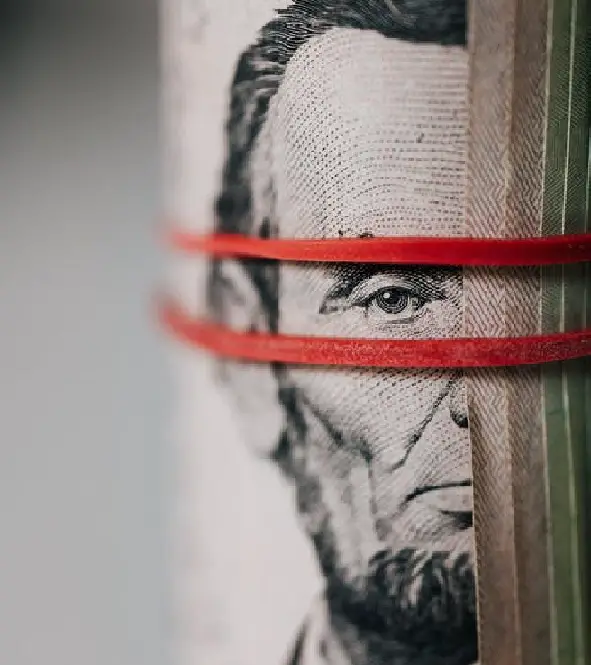Analysts are pointing out that the Fed’s aggressive interest rate hikes can not go on forever, and practically, they may be over far faster than many investors are pricing in.
Right now the Fed is projecting that it will have raised rates up to 3.75% by the end of 2023. Although that may sound ominous to investors, analysts point out that it will most likely involve relatively fast hikes in the beginning, before it transitions to more minor hikes, and perhaps every so often, rate drops.
By 2024, the Fed funds rate should drop back to 3.5%, according to the projections from most Fed members. That would suggest within two years we would begin to see rate cuts.
The bond market’s rates are also pointing to the fact the economy will need rate cuts at some point, probably sooner than people think. As the rising fed funds rate pushes government bond yields higher, that raises rates on corporate and household bonds. Those types of bonds can be defaulted on where as governments cannot, and thus corporate and household bonds demand a higher rate. In addition, the yield differential between those bonds has spread as, say corporate bonds, became riskier due to market factors.
According to Morgan Stanley, triple B corporate bond yields are nearly 2 percent above comparable government bond yields. At the pandemic-era low, that number was near 1 percent. Spiking spreads historically presage drops in the Fed funds rate. So right now bonds are signaling the Fed will need to cut rates at some point.
Additionally, many economists see the increases in the Consumer Price Index will slow in the second half of this year, and that will continue in the coming years, as demand and inflation cool off.
Although inflation has taken a while to slow down, we do see several retailers talking about having inventory oversupply and lack of demand for the items, and needing to clear it out by marking down prices. Additionally the latest retails sales numbers, most recently show at about $500 billion, down below the pandemic-era highs of almost $650 billion, and the $600 billion logged in early 2021. That means you may be seeing a small amount of demand destruction starting in response to inflation.
Tom Essaye, founder of Sevens Report Research wrote, “If the Fed is right and inflation… fixes itself in 2023, then the end of the decline in stocks is much closer to the finish line than the starting line (but we can’t say the bottom is in yet).”

